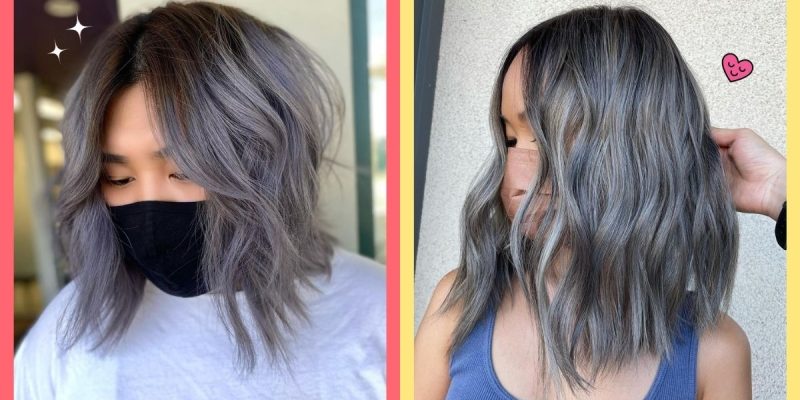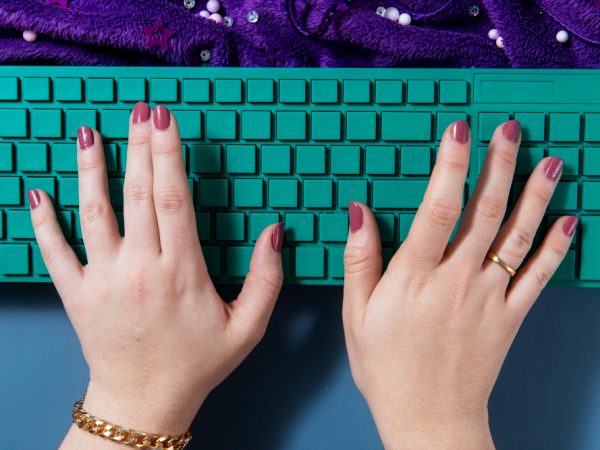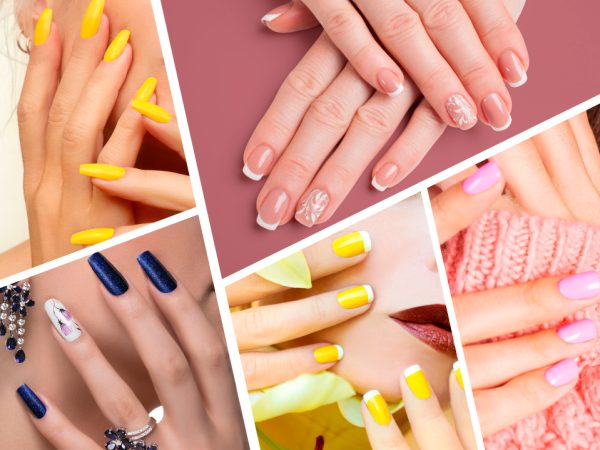Undercolor: Meaning, Uses, and Importance in Design and Printing

The term “undercolor” is widely used in printing, graphic design, and cosmetics. It refers to the underlying tones or hues beneath the main color, impacting the final appearance and perception of a design, print, or product. Understanding undercolor is essential in achieving accurate color reproduction in print and digital media.
- In this article, we will explore:
What undercolor means
Its significance in printing and design
How undercolor effects makeup and hair dyeing
Common undercolor correction techniques
FAQs about undercolor
What is Undercolor?
Undercolor refers to the hidden or underlying tones beneath a visible color. This concept is crucial in various industries, including:
- Printing: The combination of CMYK (Cyan, Magenta, Yellow, and Black) inks in print media.
- Graphic Design: Adjusting color balance to avoid unwanted undertones.
- Cosmetics: Determining the base color of foundation, concealers, or hair dyes.
Recognizing undercolor is essential for achieving accurate colors in printed materials, digital images, and beauty products.
Undercolor in Printing and Graphic Design
In the printing industry, undercolor plays a key role in producing vibrant, high-quality images. Printers use a process called Undercolor Removal (UCR) to reduce the use of cyan, magenta, and yellow inks, replacing them with black to enhance contrast and save ink.
Key Aspects of Undercolor in Printing
Undercolor Removal (UCR):
- Reduces unnecessary color mixing.
- Improves sharpness and clarity of black and dark tones.
- Reduces ink costs and drying time.
Undercolor Addition (UCA):
- Enhances richness in dark areas by slightly adding cyan, magenta, and yellow inks.
- Prevents overly dull or faded blacks in print materials.
Importance in Graphic Design:
- Prevents color shifts when printing from digital screens.
- Ensures accurate color matching in branding, logos, and marketing materials.
Graphic designers often use software like Adobe Photoshop, Illustrator, and InDesign to adjust undercolor settings and achieve precise color output.
Undercolor in Cosmetics and Hair Dyeing
Undercolor in Makeup
In beauty and cosmetics, undercolor refers to the undertone of a person’s skin. Choosing the right foundation or concealer depends on whether your undercolor is:
- Warm (yellow, golden, peachy tones)
- Cool (pink, red, or blue undertones)
- Neutral (a mix of warm and cool tones)
- Why Undercolor Matters in Makeup?
Helps find the perfect foundation shade.
Prevents mismatched concealers.
Enhances natural beauty by complementing skin tone.
Undercolor in Hair Dyeing
In hair dyeing, undercolor refers to the underlying pigment of natural hair that affects how hair color appears.
- Dark hair has a red/orange underlayer.
- Light brown hair has yellow/orange underlayer.
- Blonde hair has a pale yellow undercolor.
- Why Undercolor Matters in Hair Dyeing?
Prevents unwanted brassiness in blonde and ash colors.
Helps achieve vibrant and accurate shades.
Affects how colors fade over time.
How to Correct Undercolor Issues?
Depending on the industry, different techniques are used to correct undercolor issues:
In Printing:
- Use color calibration tools in graphic design software.
- Adjust UCR and UCA settings to balance ink usage.
In Makeup:
- Choose the right foundation based on warm, cool, or neutral undertones.
- Use color-correcting concealers (e.g., green cancels redness, orange corrects dark circles).
In Hair Dyeing:
- Use toners to neutralize unwanted brassy or yellow hues.
- Apply color-depositing shampoos to maintain the right undercolor.
Conclusion
Understanding undercolor is essential in printing, graphic design, beauty, and hair dyeing. Whether you are a graphic designer, makeup artist, or hair colorist, recognizing and managing undercolor can improve the accuracy and quality of your work.
By using the right techniques, you can enhance color precision, prevent unwanted tones, and create visually stunning results.
Did you find this article helpful? Share your thoughts in the comments below!
FAQs
1. How does undercolor affect printing?
Undercolor affects ink distribution, sharpness, and color balance. Proper undercolor removal (UCR) improves print quality and reduces costs.
2. Why is undercolor important in graphic design?
Graphic designers must adjust undercolor settings to ensure that digital colors look accurate when printed.
3. How do I find my skin undercolor?
Check your veins:
- Blue veins → Cool undertones.
- Green veins → Warm undertones.
- A mix of both → Neutral undertones.
4. Why does my blonde hair turn yellow or orange?
Hair has natural undercolor pigments that can cause yellowing. Use a purple toner to neutralize unwanted hues.
5. Can undercolor affect how a logo looks?
Yes! Undercolor can influence branding colors, making them look different on screens versus print. Designers use color correction tools to fix this.
Also read: Téléprompteur Définition: What is the function of the comment?











